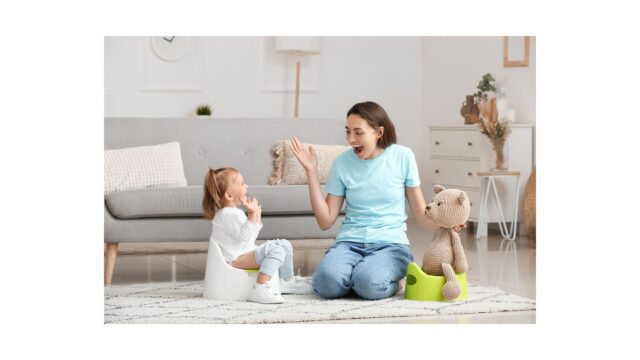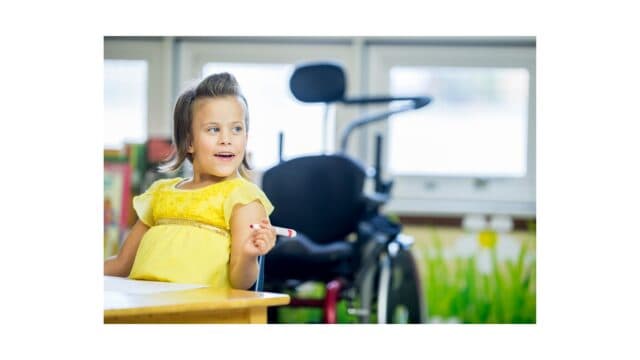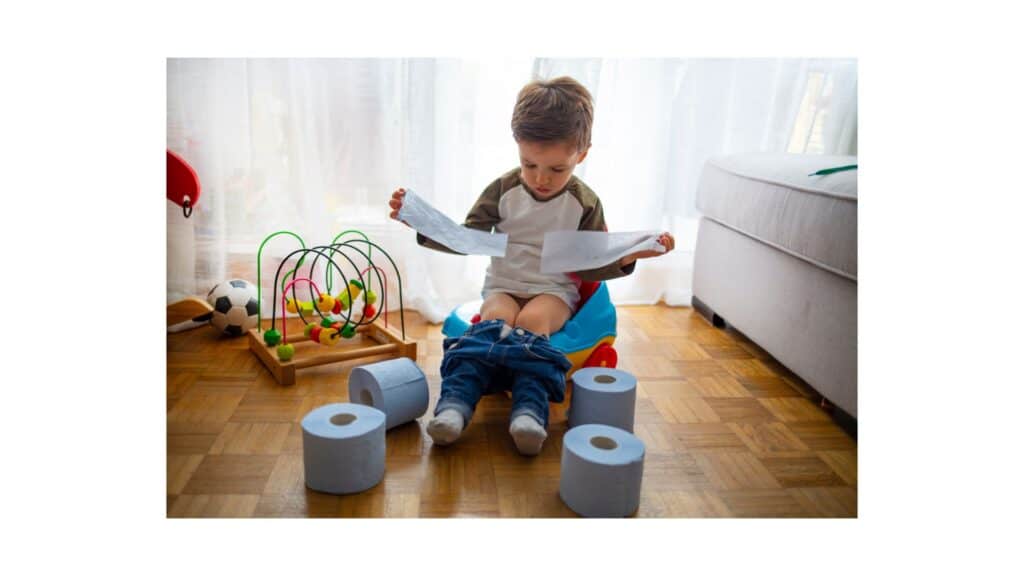Embarking on the journey of toilet training can be both exciting and daunting for parents and caregivers. It marks a significant milestone in a child’s development, yet it often comes with its fair share of challenges. In this guide, we’ll explore effective strategies, common pitfalls to avoid, and expert tips to help navigate this crucial phase with confidence.
Understanding Readiness Signs
Determining when your child is ready for toilet training is crucial for a smooth transition out of diapers. Look for physical and behavioral cues that indicate readiness, such as staying dry for longer periods, showing interest in the toilet, or communicating discomfort with soiled diapers. These signs suggest that your child’s bladder and bowel control are developing, and they may be ready to start learning to use the potty.
Additionally, consider your child’s cognitive and emotional readiness. Are they able to follow simple instructions and communicate their needs effectively? Are they showing independence in other areas of their daily routine? Assessing these factors can help you gauge your child’s overall readiness for toilet training and determine the most appropriate time to begin the process. Remember that every child is unique, so it’s essential to be patient and attentive to your child’s individual cues and needs.

Establishing a Positive Environment
Creating a positive and supportive environment is essential for successful toilet training. Start by setting up a designated potty area that’s easily accessible and inviting for your child. Consider placing the potty chair or seat in the bathroom or another convenient location where your child spends a lot of time. Make sure the potty is comfortable and secure, with non-slip grips on the bottom to prevent accidents.
Encourage open communication and praise your child’s efforts, regardless of the outcome. Avoid expressing frustration or disappointment over accidents, as this can create negative associations with toilet training. Instead, offer reassurance and support, emphasizing that accidents are a normal part of the learning process. Celebrate small victories, such as sitting on the potty or successfully using it, to boost your child’s confidence and motivation. By creating a positive and encouraging atmosphere, you can help your child feel comfortable and confident as they embark on their toilet training journey.
Introducing the Potty
Introducing the concept of using the potty is a crucial step in toilet training. Start by familiarizing your child with the potty chair or seat, allowing them to explore and become comfortable with it. Encourage them to sit on the potty regularly, especially after meals or when they show signs of needing to go. Make the experience enjoyable by reading books or singing songs while your child sits on the potty, helping them associate the potty with positive feelings.
It’s essential to be patient and understanding during this process, as some children may feel hesitant or anxious about using the potty. Avoid pressuring or forcing your child to sit on the potty if they’re not ready, as this can lead to resistance and setbacks. Instead, offer gentle encouragement and praise their efforts, even if they’re just sitting on the potty without producing any results. With time and patience, your child will become more comfortable with the potty and start to understand its purpose.
Establishing a Routine
Consistency is key when it comes to toilet training success. Establishing a regular routine for bathroom visits can help your child develop good habits and reinforce the connection between using the potty and relieving themselves. Start by scheduling regular potty breaks throughout the day, such as first thing in the morning, after meals, and before bedtime. Encourage your child to sit on the potty during these designated times, even if they don’t feel the urge to go. Over time, they’ll learn to recognize the sensation of needing to use the bathroom and will be more likely to initiate trips to the potty on their own.
Incorporate positive reinforcement techniques into your toilet training routine to motivate your child and reward their progress. Praise your child for their efforts, regardless of the outcome, and offer small rewards or incentives for successful trips to the potty. This could be as simple as stickers on a chart or a special treat for reaching milestones. By establishing a consistent routine and offering positive reinforcement, you can help your child feel confident and empowered as they learn to master the art of using the potty.
Overcoming Challenges
Toilet training is rarely a straightforward process and may come with its share of challenges. Accidents, resistance, and regression are common obstacles that many parents encounter along the way. It’s essential to be prepared for these challenges and approach them with patience and understanding. When accidents happen, avoid scolding or shaming your child, as this can create negative associations with using the potty. Instead, offer reassurance and support, emphasizing that accidents are a normal part of learning and that they’ll get better with practice.

Resistance to toilet training is also common, especially among strong-willed children who may be reluctant to give up their diapers. If your child shows signs of resistance, such as refusing to sit on the potty or having frequent accidents, take a step back and reassess your approach. Consider adjusting your strategy to make toilet training more appealing and less stressful for your child. Remember that every child is different, and what works for one may not work for another. Stay patient and persistent, and eventually, your child will overcome these challenges and master the art of toilet training.
Transitioning to Underwear
Transitioning from diapers to underwear is a significant milestone in the toilet training journey. It signals that your child is gaining confidence and independence in using the potty. When transitioning to underwear, involve your child in the process by allowing them to choose their favorite designs or colors. This can help them feel more excited and motivated about wearing underwear instead of diapers.
Be prepared for accidents during this transition period, as your child adjusts to the new sensation of wearing underwear and learns to recognize the need to go to the bathroom. Stay patient and supportive, offering reassurance and guidance as needed. Keep a positive attitude and avoid making a big deal out of accidents, as this can increase your child’s anxiety and reluctance to continue toilet training. With time and practice, your child will become more comfortable with wearing underwear and using the potty independently, marking another milestone in their journey towards becoming diaper-free.
Nighttime Training
Nighttime training is often the final frontier in the toilet training journey, and it requires patience and understanding from both parents and children. Unlike daytime training, which focuses on building bladder control and awareness, nighttime training involves teaching your child to recognize the need to wake up and use the bathroom during the night. Keep in mind that nighttime dryness may take longer to achieve than daytime dryness, as it depends on your child’s physical development and ability to hold urine for extended periods.
To support your child’s nighttime training efforts, encourage them to use the bathroom before bedtime and limit fluids in the evening to reduce the likelihood of accidents. Invest in waterproof mattress protectors to protect against nighttime leaks and accidents, and consider using a nightlight or hallway light to make it easier for your child to find their way to the bathroom during the night. Most importantly, offer reassurance and support to your child as they navigate nighttime training, emphasizing that accidents are normal and that they’ll continue to improve with time and practice.
Celebrating Success
Celebrating your child’s toilet training achievements is essential for reinforcing positive behavior and motivation. Create a chart or sticker system to track your child’s progress and celebrate milestones along the way. Offer verbal praise, high-fives, or small rewards for successful trips to the potty, such as using the toilet independently or staying dry throughout the day.
Make sure to acknowledge your child’s efforts and progress, regardless of how small, to boost their confidence and encourage them to continue their toilet training journey. Remember that every child progresses at their own pace, so be patient and supportive as they navigate this important developmental milestone. By celebrating success and offering positive reinforcement, you can help your child feel proud of their accomplishments and motivated to continue mastering the art of toilet training.
Conclusion
Mastering the art of toilet training is a significant milestone in a child’s development, requiring patience, consistency, and understanding. Recognizing the child’s readiness signs, establishing a positive environment, and implementing effective strategies are key. It’s important to be patient and supportive, acknowledging setbacks and challenges as a normal part of the process. Celebrating the child’s successes, regardless of size, and offering reassurance and guidance are essential.
At Positive Solutions Behavior Group LLC (Beavercreek), the importance of toilet training in a child’s overall development is understood. The team of experts is dedicated to providing support and guidance every step of the way, offering personalized strategies tailored to each child’s unique needs. With this assistance, parents can feel confident in helping their child master the art of toilet training and achieve success in this important milestone.






